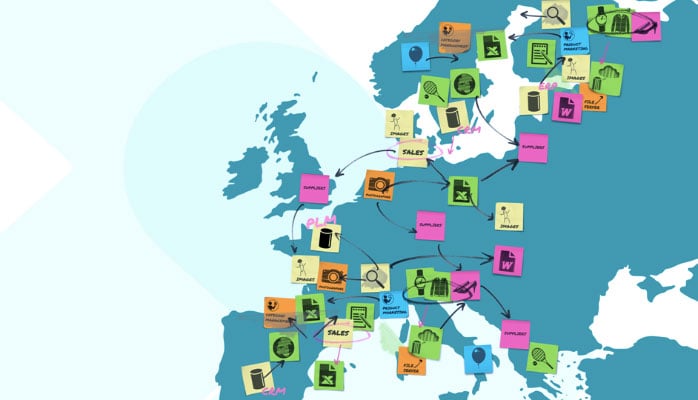In this blog post, we'll explain how to avoid getting stuck in the planning phase to swiftly establish your PIM work for imminent and future success.
What Is PIM?
With its many finesses, the system for Product Information Management (PIM) has enormous potential to both streamline processing and increase the amount of product information. Meaning that implementing PIM could significantly boost the conversion rate of an e-commerce business’ sales channels.
But the choice to implement PIM is usually made with a specific need in mind. Like the need for the ability to categorize products and give them different attributes for swift administration of information in your assortment, or the ability to centralize information and materials for a better overview of the flow of enrichment.
That’s why it’s also important to see to the urgent needs first – to get started first and deliver on the vision for future success in due time.
Create Success With PIM Solutions ➡️
How to Reach You Business Vision
Of course, this doesn’t mean that your vision doesn’t matter at first instance. Let your considerations lead you to develop a vision that sets the tone for the work. But don't build something today that is meant to work in the future. Instead, create a quality base for your PIM system – one that lets you scale up safely to reach your vision.
Having to tie your PIM to e-commerce that has yet to manifest is a common situation, for which it is important to make the forthcoming development a part of the greater vision that you plan to work towards.
Take information fields as an example. Information like color, size, width and length are all examples of information that is relevant to an article. But you don’t insert the parameters for the e-commerce site before integrating the PIM system with the web. The holistic approach to how fields should vary and which should vary in accordance with what particular variables is first relevant when you actually establish your e-commerce, and thus scale up.
So, what other points can help you avoid getting stuck in your PIM process?
Creating a Confident PIM Team
Involving the right talent in workshops meant to both develop and secure competence is crucial to prepare for your PIM project.
The key figures in a PIM project need to be conscious and knowledgeable when it comes to the overall vision, needs and how to make decisions within the framework of the project. When modules need to be added or scaled down, these are the qualities that will enable swift decision-making in place of a halted process.
There may also come a time when you’re required to relocate resources within the company, be it ahead of or during your PIM project. Thus, it is important to keep your department heads informed at an early stage in order to prepare departments for a lesser or greater workload.
Start by Identifying Relevant Data
One of the most important considerations in preparing for PIM implementation regards data. What kind of data needs to go into your new PIM system and what makes it useful there?
If the data isn’t required in the PIM system, it could be relevant to let it find its way to its destination through some other medium.

Deliver Consistent Quality at Every Stage
Perhaps the biggest advantage of filtering down a project to then slowly but surely scale up is that it makes it easier to secure quality. To succeed in creating a great final product, you have to focus on maintaining quality in the first stage, then the second, the third, and so on.
To not put quality first from the get go because of factors like time and money will inevitably cost you more of both in the end.



